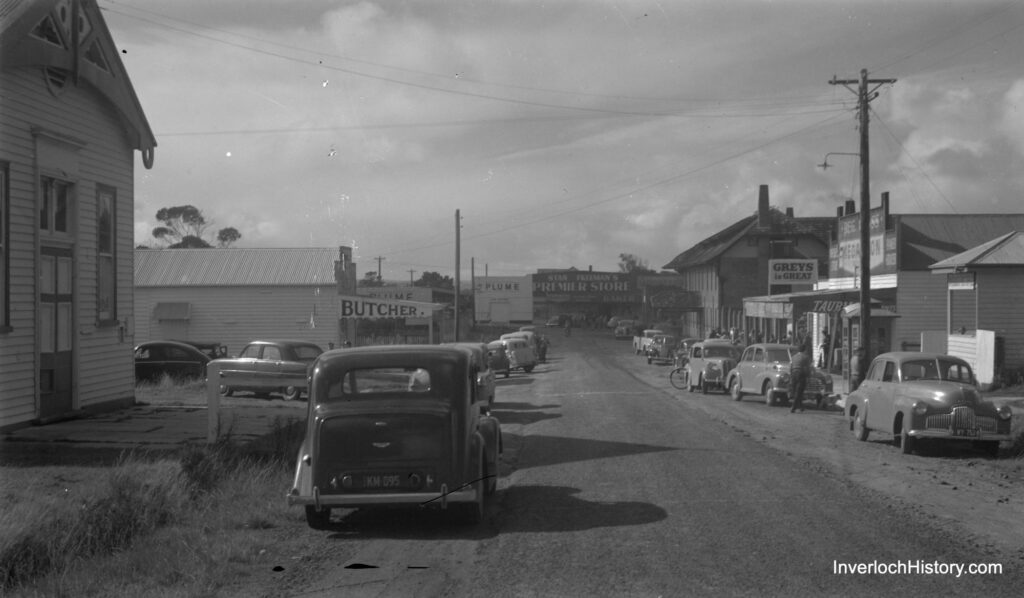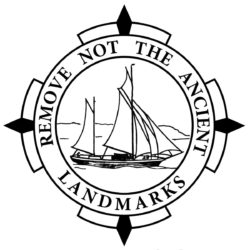(Note: This is a text excerpt only. Refer to the newsletter PDF for the complete newsletter including images)
Notes from the July Committee and General Meetings
This month the IHS was very grateful to receive a cheque for $1,000 from the Lions Club of Inverloch. It was in appreciation for the work of the Society in preserving local History. The money will certainly be put to good use. Many thanks to the Lions Club, who have been very supportive of our Society, as well as numerous other community groups over the years
Our Secretary Graham has been busy in three areas, and we thank him too for his efforts. He applied on behalf of the IHS, and through The Public Record Office of Victoria Local History Grants Program, for a project entitled Digital Recording and Cataloguing of photographs, documents and other historical items. The application was successful therefore the IHS will receive an amount of $7245.45 It will help us to update our very old equipment and digitise our records. The Grant will be presented to the Inverloch Historical Society by the local member for Bass, Mr. Brian Paynter at the “Ripple” site at 1 P.M. on 25th of August. This will be followed by a BYO barbecue in the nearby Park.
Graham has recently brought our Constitution up to date. It is in the draft stage at present, but should soon be in its final stages and ready for distribution.
He has also updated our website which you will find on page two of the Newsletter.
At the General Meeting last month, I was awarded Life Membership of the Inverloch Historical Society. I would like to thank the I.H.S., it is an honour which is greatly appreciated. (Ian Mc Burnie).
Congratulations
Congratulations and best wishes from us all to Eulalie Brewster, our Patron, who celebrated her 90th birthday recently at a happy and memorable party with a very large number of family and friends on August 13th.
Guest Speakers
Wendy and Ian McBurnie were the Guest Speakers last month when Peter Hudson was unable to attend. They talked about the history of the written word via books and other publications owned or experienced during our lifetime. Wendy was a Library Assistant for 18 years in a Secondary school Library, and was in daily contact with a wide and large variety of books and related materials. Ian was a teacher and was also involved each day with books and other written material.
Wendy showed us a book which belonged to her grandfather when he was a student at Perth Boys Government school in 1885. It was entitled “The Third English Reading Book.”It was very small and had 141 pages. We can compare it with the modern book on the left, which is a “Pop-up” book with lots of colour, and on each page, an auditory section which enables the reader to hear the sounds of whales and other sea creatures.
Ian displayed his collection of Grade Readers and one Arithmetic book which were used in schools during the early part of the last century. The fifth grade reader was a second edition and printed in 1940. It was full of great poems and stories. Who can remember “The Ballad of the Drover” by Henry Lawson and “The Inchcape Rock” by Robert Southey? The “Arithmetic for Grade VI” book was printed in 1941.
Members at the meeting had memories of the School Paper which was published monthly, and could be picked up at the local Milk Bar. We also recalled the special cover in which we placed the School Papers and the 12 strings in which the monthly School Papers were inserted. Each publication contained stories, poems, our spelling for the month, and on the back was a song. We think the School Paper cost us one penny in those days.
The Arithmetic Book for Grade Six was a reminder to us of the tables we had to learn. We compared them to the electronic equipment available today, so very different to what was available many years ago.
Wendy mentioned two books we have which are picture books, but there is no text. The book she showed began with a bush scene which over several generations, developed into a city. The book was entitled “Window,”the author is Jeannie Baker. Illustrated with amazing collage constructions, “Window” is wordless picture book that says it all. The
The other book by the same author is wordless and illustrated with collage. It is entitled “Where the Forest Meets the Sea.” Both books are designed to create discussion and to stimulate creative writing. A few of their older special books displayed by Wendy and Ian were “Heidi,” The “Billabong” Books and the “Boys Annual” 1946, a book published in England.
Today, books can be read on line or by using a “Kindle.” There were a number of comments from members indicating they preferred to have a book in their hands, rather than read a book electronically.
Wendy and Ian concluded the talk by comparing the way in which family history was recorded before computers became so advanced
The picture on the right is a Circular version of a family tree constructed by a relative in 1981. It was hand printed with much care and precision before it was copied for the large extended family.
The family Circle was updated in 1991 by the same relative and her children. By then there were seven generations on the Circle beginning with Christopher McBurnie and his wife Marion(nee McKinnon) who were married at Bacchus Marsh in 1859.There were 1796 names on the Circle.
By contrast the Lucas family book took 10 years to write using modern methods, is entitled “A Nation Within A Nation. The Lucas Clan in Australia.”(Wendy’s Ancestors). The revised edition was printed in 2004, and lists the descendants of Nathaniel Lucas and Olivia Gascoigne. The direct descendants total 40,783. Wendy is a sixth generation descendant. The book includes many family photos through the generations, and has 1794 pages.
Editor: Ian McBurnie

